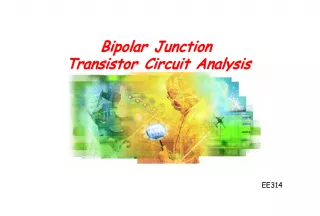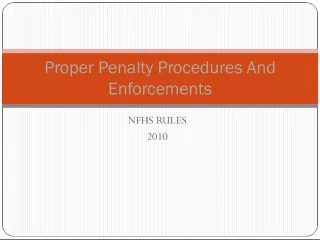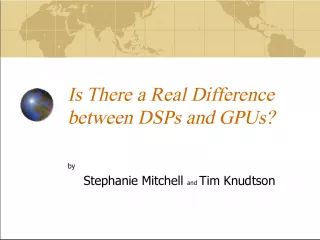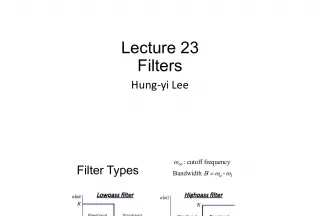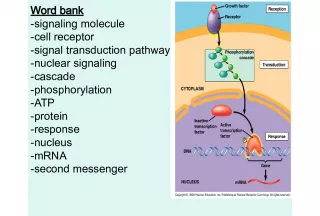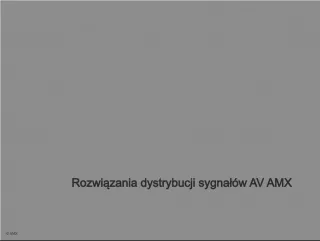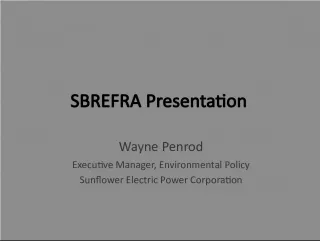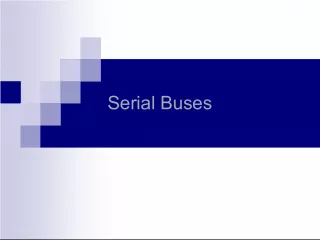Signal Reconstruction from Spectrogram
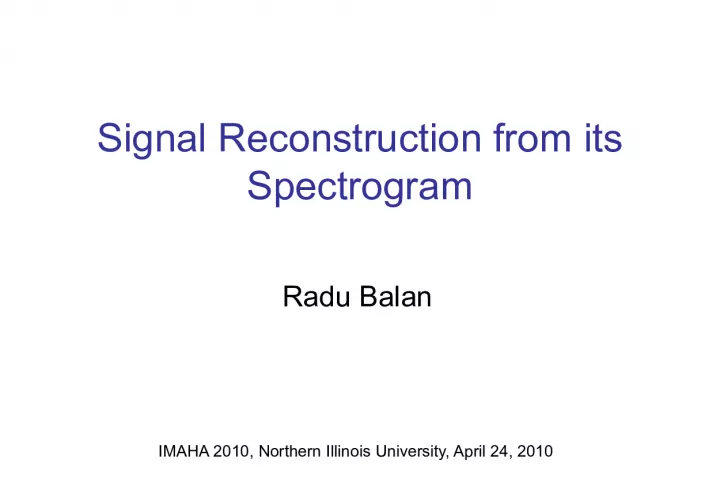

Radu Balan of IMAHA at Northern Illinois University presents an April overview of the problem of reconstructing a signal from its spectrogram.
- Uploaded on | 0 Views
-
 raymondcox
raymondcox
About Signal Reconstruction from Spectrogram
PowerPoint presentation about 'Signal Reconstruction from Spectrogram'. This presentation describes the topic on Radu Balan of IMAHA at Northern Illinois University presents an April overview of the problem of reconstructing a signal from its spectrogram.. The key topics included in this slideshow are . Download this presentation absolutely free.
Presentation Transcript
1. Signal Reconstruction from its Spectrogram Radu Balan IMAHA 2010, Northern Illinois University, April 24, 2010
2. 2/23 Overview 1. Problem formulation 2. Reconstruction from absolute value of frame coefficients 3. Our approach Embedding into the Hilbert-Schmidt space Discrete Gabor multipliers Quadratic reconstruction 4. Numerical example
3. 3/23 1. Problem formulation Typical signal processing pipeline: Analysis Processing Synthesis In Out Features: Relative low complexity O(Nlog(N)) On-line version if possible
4. 4/23 < ,g i > x Analysis Synthesis c y The Analysis/Synthesis Components: Example: Short-Time Fourier Transform
5. 5/23 * = fft fft = * Data frame index (k) f c k,0 c k,F-1 c k+1,F-1 c k+1,0 g(t) x(t+kb:t+kb+M-1) x(t+kb+M:t+kb+2M-1) x(t+kb)g(t) x(t+(k+1)b)g(t)
6. 6/23 * = ifft ifft = * (t) c k,0 c k,F-1 c k+1,F-1 c k+1,0 +
7. 7/23 Problem : Given the Short-Time Fourier Amplitudes (STFA): we want an efficient reconstruction algorithm: Reduced computational complexity On-line (on-the-fly) processing |.| Reconstruction c k,f d k,f x
8. 8/23 Where is this problem important: Speech enhancement Speech separation Old recording processing
9. 9/23 Setup: H=E n , where E= R or E= C F={f 1 ,f 2 ,...,f m } a spanning set of m>n vectors Consider the map: Problem 1 : When is N injective? Problem 2 : Assume N is injective, Given c=N(x) construct a vector y equivalent to x (that is, invert N up to a constant phase factor) 2. Reconstruction from absolute value of frame coefficients
10. 10/23 Theorem [R.B.,Casazza, Edidin, ACHA(2006)] For E = R : if m 2n-1 , and a generic frame set F, then N is injective; if m 2n-2 then for any set F, N cannot be injective; N is injective iff for any subset J F either J or F\J spans R n . if any n-element subset of F is linearly independent, then N is injective; for m=2n-1 this is a necessary and sufficient condition.
11. 11/23 Theorem [R.B.,Casazza, Edidin, ACHA(2006)] For E = C : if m 4n-2 , and a generic frame set F, then N is injective. if m 2n and a generic frame set F, then the set of points in C n where N fails to be injective is thin (its complement has dense interior).
12. 12/23 3. Our approach First observation : Hilbert-Schmidt Signal space: l 2 ( Z ) x K x K nonlinear embedding K g k,f E=span{K g k,f } Hilbert-Schmidt: HS(l 2 ( Z )) Recall:
13. 13/23 Assume {K g k,f } form a frame for its span, E. Then the projection P E can be written as : where {Q k,f } is the canonical dual of {K g k,f } . Frame operator
14. 14/23 Second observation : since: it follows:
15. 15/23 However: Explicitely:
16. 16/23 Short digression: Gabor Multipliers Goes back to Weyl, Klauder, Daubechies More recently: Feichtinger (2000), Benedetto- Pfander (2006), D rfler-Toressani (2008) Theorem [F00] Assume {g , Lattice} is a frame for L 2 ( R ) . Then the following are equivalent: 1. {<.,g >g , Lattice} is a frame for its span, in HS(L 2 ( R )) ; 2. {<.,g >g , Lattice} is a Riesz basis for its span, in HS(L2( R )) ; 3. The function H does not vanish,
17. 17/23 Return to our setting. Let Theorem Assume {g k,f } (k,f) ZxZ F is a frame for l 2 ( Z ) . Then 1. is a frame for its span in HS(l 2 ( Z )) iff for each m Z F , H( ,m) either vanishes identically in , or it is never zero; 2. is a Riesz basis for its span in HS(l 2 ( Z )) iff for each m Z F and , H( ,m) is never zero.
18. 18/23 Third observation . Under the following settings: For translation step b=1; For window support supp(g)={0,1,2,...,L-1} For F 2L The span of is the set of 2L-1 diagonal band matrices.
19. 19/23 The reproducing condition (i.e. of the projection onto E) implies that Q must satisfy: By working out this condition we obtain :
20. 20/23 The fourth observation : We are able now to reconstruct up to L-1 diagonals of K x . This means we can estimate Assuming we already estimated x s for s
21. 21/23 Reconstruction Scheme Putting all blocks together we get: I F F T |c k,0 | 2 |c k,F-1 | 2 W 0 W L-1 Least Square Solver Stage 1 Stage 2
22. 22/23 3. Numerical Example
23. 23/23 Conclusions All is well but ... For nice analysis windows (Hamming, Hanning, gaussian) the set {K g k,f } DOES NOT form a frame for its span! The lower frame bound is 0. This is the (main) reason for the observed numerical instability! Solution: Regularization.
